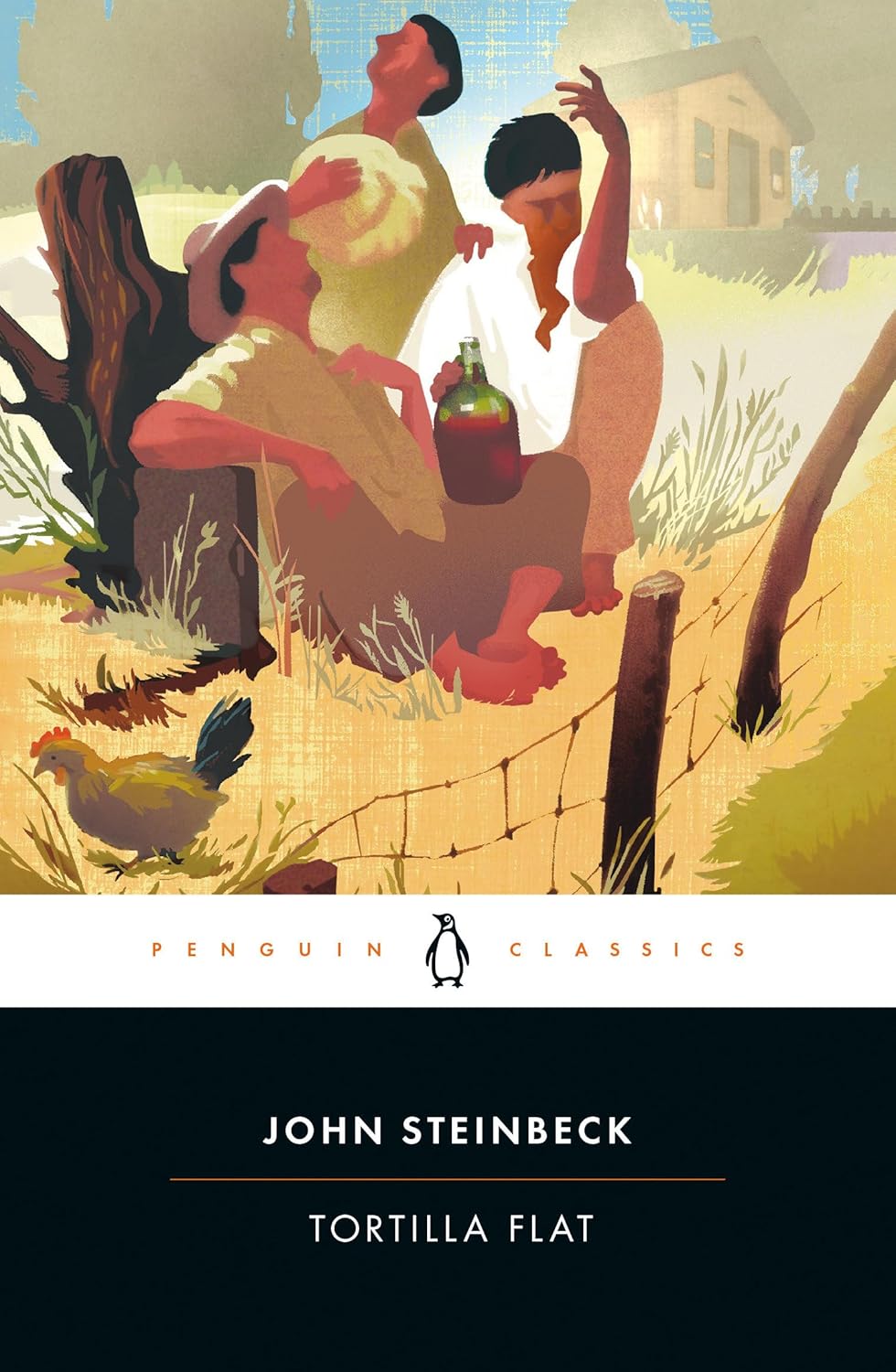
The Pastures of Heaven
Book Description
Amid the sunlit valleys of California’s Salinas Valley, dreams clash with harsh realities in 'The Pastures of Heaven.' A tapestry of interwoven lives unfolds, where hope ignites ambition and despair lurks in the corners. Each character carries a secret—a yearning for connection, an insatiable pursuit of happiness, and a haunting past that refuses to fade. Love blossoms under the shadow of betrayal while aspirations crumble beneath relentless challenges. As whispers of fate echo through the fields, can the human spirit transcend its origins and redefine its destiny? In a place where the promise of paradise lingers, what lengths will they go to find their heaven?
Quick Book Summary
"The Pastures of Heaven" by John Steinbeck intricately weaves together a series of interconnected stories set in the idyllic Salinas Valley. Through the lives of families and individuals who settle in this seemingly paradisiacal land, Steinbeck delves beneath the surface beauty to reveal the complexities and struggles that define the human condition. Each character harbors secret desires, regrets, and ambitions, and as their stories intertwine, themes of hope, disappointment, and the search for belonging emerge. The valley, with its promise of new beginnings, often acts as a crucible, exposing weaknesses and testing relationships. Ultimately, the book offers a poignant exploration of the gap between dream and reality, and the resilience of people seeking fulfillment and happiness in their own personal eden.
Summary of Key Ideas
Table of Contents
The Discrepancy Between Ideal and Reality
At the heart of "The Pastures of Heaven" lies the contrast between the valley's outward beauty and the internal struggles of its inhabitants. The narrative opens with the discovery of this promising land and quickly establishes it as a place where hope flourishes. The rolling fields and picturesque surroundings draw people seeking fresh starts and fulfilled dreams. However, Steinbeck quickly subverts this notion of paradise by exposing the challenges, disappointments, and hidden pains that lie beneath the surface. The setting becomes both a sanctuary and a crucible, reflecting the duality of human aspiration and reality.
The Interconnectedness of Community Life
The rich tapestry of community life is central to the book. Families and individuals are woven together through gossip, shared experiences, and mutual observation. Steinbeck meticulously shows how the actions and misfortunes of one resident ripple outward, influencing the fates of others. This interconnectedness serves as both a source of comfort and tension, highlighting the inescapable influence of society in shaping and sometimes undermining personal happiness. Characters find themselves both nurtured and constrained by their neighbors, illustrating the complexity of communal living.
Dreams, Ambitions, and Disillusionment
The narrative lingers on the dreams and ambitions of its characters. Whether it is the longing for love, success, acceptance, or redemption, each character is propelled by hope for a brighter future. Yet, Steinbeck unflinchingly portrays how these dreams are often thwarted by circumstance, self-doubt, or the inscrutable workings of fate. The recurring motif of disappointment underscores the fragility of ambition and the pain of realizing that paradise may be unattainable, except in fleeting moments or in the imagination.
The Search for Belonging and Acceptance
The theme of belonging emerges as characters struggle to fit into the fabric of the valley’s community. Some achieve moments of connection, while others remain on the periphery, unable to shake off the weight of past mistakes or unfulfilled yearnings. Steinbeck empathetically details the loneliness and yearning for acceptance that drive many of the book’s pivotal moments. The quest for belonging is depicted as both a universal urge and a deeply personal struggle that can lead to both profound connections and heartbreaking isolation.
Human Flaws and Resilience
Despite the valley’s failures to live up to its name, Steinbeck’s characters are depicted with remarkable resilience. Flawed, hopeful, and profoundly human, they persist in their efforts to find meaning and contentment. The stories, while often tinged with sadness, are also suffused with moments of grace and quiet triumph. Steinbeck’s nuanced portrayal of human nature in "The Pastures of Heaven" balances the inevitability of hardship with the enduring potential for compassion and hope in the face of adversity.
Download This Summary
Get a free PDF of this summary instantly — no email required.





